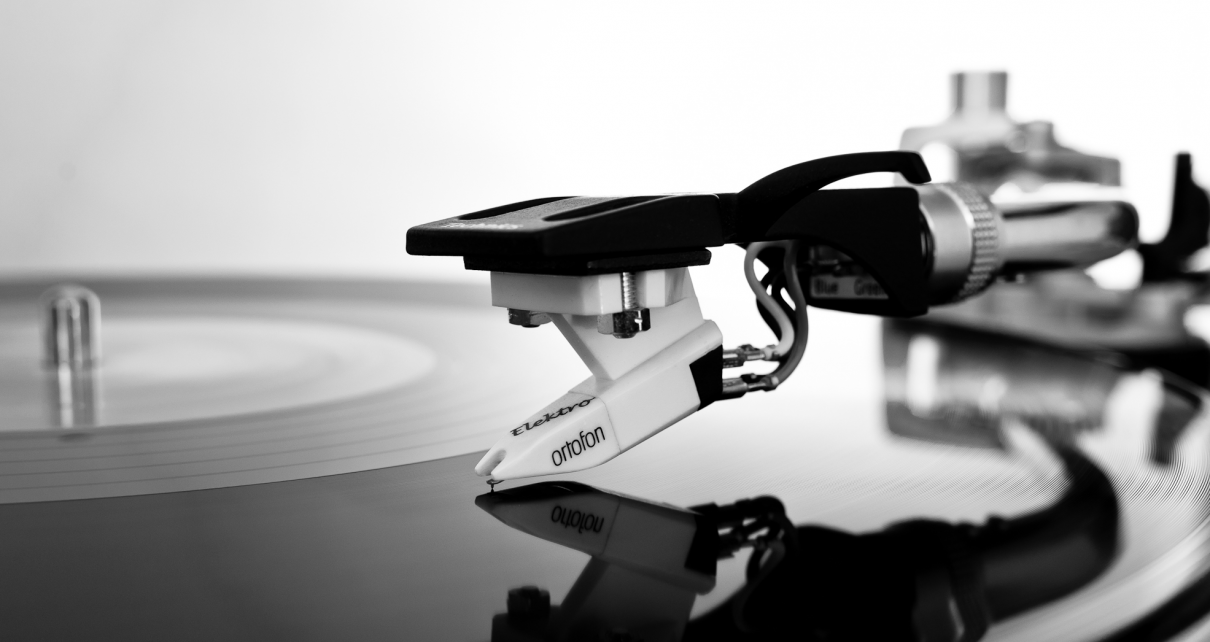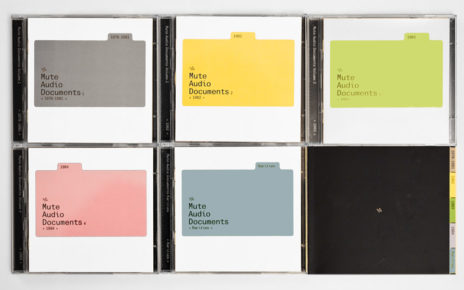‘Tis the age-old vinyl conundrum, yet again, of whether to have a vinyl lacquer cut or DMM for vinyl mastering. It’s like choosing between a vintage convertible and a sleek electric car. Both have their merits, but only one will make your heart sing in that special, crackly way.
Lacquer cutting vs. Direct Metal Mastering – it’s the ultimate showdown. And we’ll be here to uncover the top ten reasons why lacquer cutting reigns supreme over its metallic counterpart.
So buckle up, grab your favorite record, and prepare to embark on a journey through the wonderland of vinyl mastering.
Spoiler alert!!! By the end of this article, you’ll be trading in your DMM dreams for a shiny new appreciation of lacquer’s vintage allure.
Let the music play and the debates rage on – after all, it’s all about finding that perfect groove.
Table of Contents
#1. IDEAL FOR MUSIC THAT PACK A BASS PUNCH
If you’ve read our article on the difference between lacquer cutting and DMM then you are already acquainted with the fact that they use different discs. One uses aluminum discs coated in lacquer (a type of plastic) and the other uses a copper-plated disc, copper being metal.
Due to the softer characteristic of lacquer, cuts on discs coated with the material are far deeper than those on metal-plated ones. These deeper cuts allow for music with a much more prominent low-end signal.
And since DMM discs are harder to cut they have more shallow ones. This goes without saying that DMM masters are not good with lower sound frequencies.
In essence, DMM masters are the vinyl equivalent of sipping tea with their pinky out, while lacquer masters are the ones throwing the raucous bass-heavy parties.
And who doesn’t want parties in their life or bass in their music, right?
#2. A WARM AND ANALOGUE SOUND
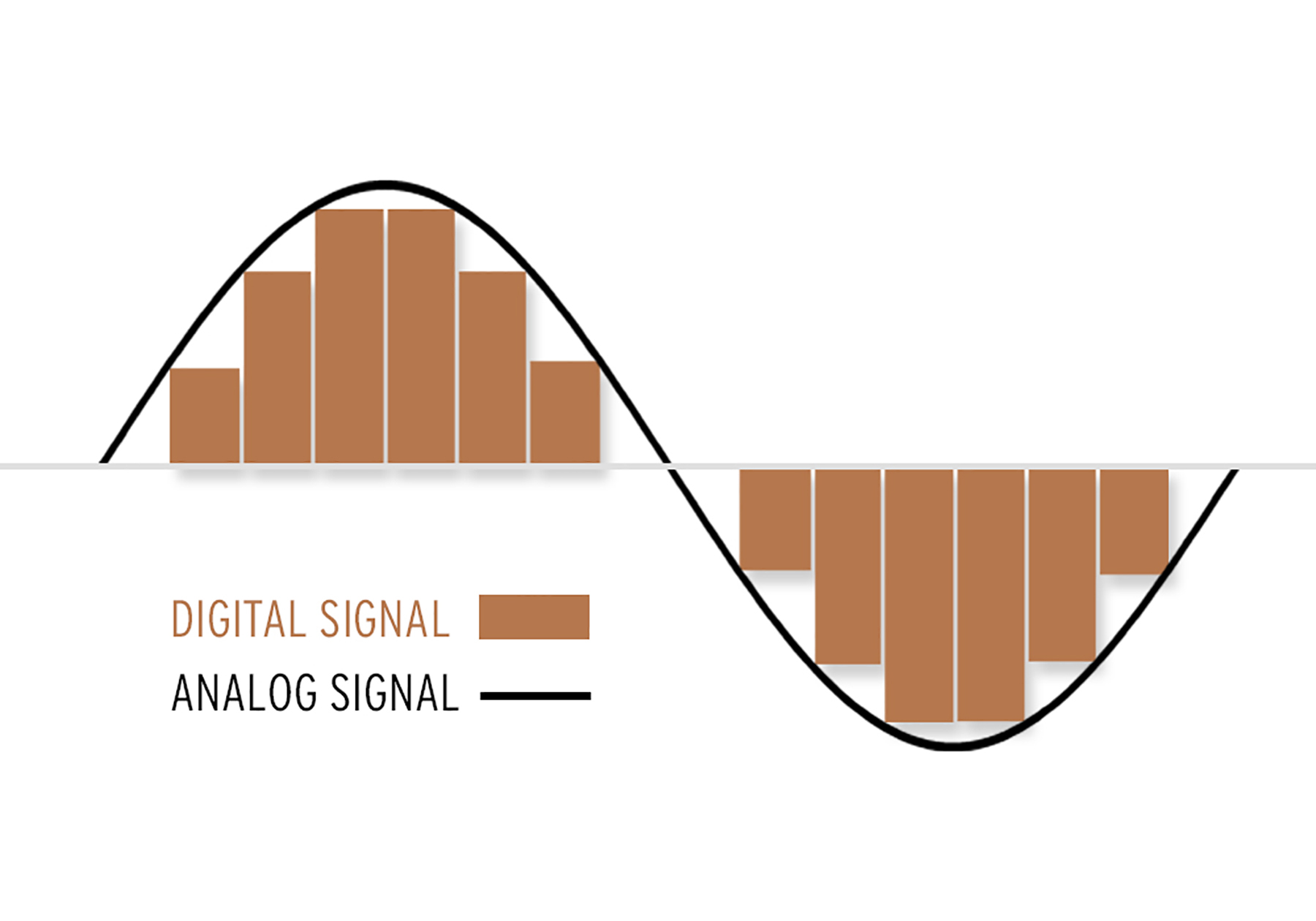
When people play their vinyl records, the most often reason they do it is to have that warm analogue sound they are more known for. Rosi, et al. defines warm sound as a low-pitched or mid-low-pitched sound.
And this is definitely not the case for a vinyl record with a DMM cut master. According to critics, DMM cuts have a sound that’s too bright or too edgy.
And this sound? It’s a result of the masters having more defined frequency response in the top end due to more shallow cuts.
Though DMM excel at highlighting the intricacies and subtleties in the music, there is a loss of the touch of that familiar warmth.
This focus on clarity and precision can divide listeners. Some may appreciate the crispness of the sound while others yearn for the nostalgic comfort of analog warmth.
And I would like to reiterate that that nostalgic comfort and analog warmth is what most vinyl listeners crave for. Because there are other formats that offer crisper sounds than vinyl with a DMM master.
________________________________________________________________________
#3. HAS A FULLER SOUND
When we refer to a fuller sound in the realm of vinyl records, we are essentially describing a sonic landscape that is rich with layers. More layers on a vinyl record means that the nuances of the music were translated well onto the analog format.
This faithful reproduction is much owed to the depth of the grooves etched onto the lacquer. Not only does this enhance fidelity, but it also significantly enhances the tracking ability of the stylus. This is essential for complex passages or heavily modulated sections of the record.
By improving the tracking ability, the stylus allows a more accurate reproduction of the audio signal which results in a fuller sound.
________________________________________________________________________
#4. CAN PRODUCE LOUDER SOUNDS
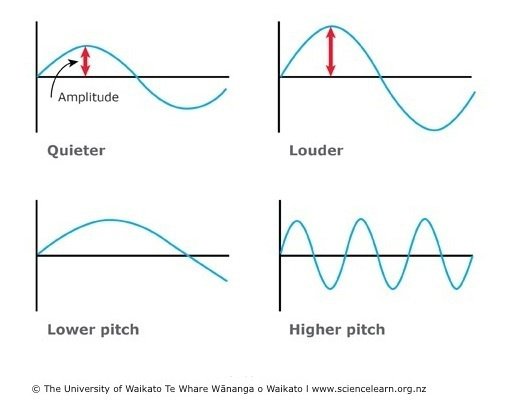
The ability of a record to produce louder sounds can be attributed to the deeper and wider grooves allowed by lacquer discs. These grooves accommodate more information resulting in a greater amplitude range and ultimately louder playback levels.
If your music is leaning towards the louder end of the spectrum, opting for lacquer cutting as your mastering method would be a wise choice.
________________________________________________________________________
#5. IS VERSATILE
Lacquer cutting is versatile. It’s capable of handling a diverse array of audio sources and musical genres, ranging from classical compositions to electronic dance beats.
This adaptability makes it a preferred choice for mastering across different styles, ensuring high-quality reproduction regardless of the genre.
And this adaptability can be credited to the detailed information it can capture due to its deeper grooves. It ensures a faithful and immersive listening experience across a broad spectrum of genres.
________________________________________________________________________
#6. PRESERVES THE DYNAMIC RANGE

Some people have argued that lacquer cutting preserves the dynamic range of the original audio signal more effectively than direct metal mastering.
And this is one of the reasons why the mastering method is versatile.
Since there is much of the dynamic range preserved, the lacquer master will be mirroring the original version of the music. Unlike with DMM where the range would be raised towards the top end with little response to low frequencies.
________________________________________________________________________
#7. GREAT FOR MUSIC WITH LOTS OF STEREO SEPARATION
Lacquer cutting is often the favored mastering method for music with lots of stereo separation. That’s because it has the ability to capture finer details and provide precise control over stereo imaging.
With this method, mastering engineers can adjust the groove spacing and depth to accommodate wide stereo separation and dynamic range.
DMM, on the other hand, may not be able to achieve this level of precision as accurately as the former does. The harder surface of its preferred disc may not allow for the same level of groove modulations, potentially impacting stereo imaging.
Interestingly, it appears that DMM is only effective when all stereo separation below 300 hz is removed.
________________________________________________________________________
#8. HIGH DURABILITY

According to a seasoned vinyl listener, lacquer cut vinyl records are far more durable than DMM cut ones.
Apparently the more shallow grooves of DMM vinyl records can pick up ticks and clicks from the smallest particles of dust, wearing them out quicker than the former.
They said that DMM records sound great when they are in mint condition.
However, as time passes and they are played over and over again, their sound quality deteriorates — sibilance and groove noise develop quickly.
________________________________________________________________________
#9. NOT AS SUSCEPTIBLE TO ROUGH HANDLING
like twelve-inch singles meant for DJ use. DMM grooves are usually quite thin and don’t take well to being backcued or handled roughly.
Aside from being highly durable and not as susceptible to noise caused by dust and repeated playback, lacquer cut vinyl records with its deep grooves gives it the ability to sustain rough handling.
This is demonstrated by the 12-inch vinyl records utilized by DJs. If you’ve noticed, DJs have vinyl on a turntable. And without any gloves or hesitance, they touch the surface of the vinyl and do their thing and go “wecka wecka-wow”.
________________________________________________________________________
#10. MORE FLEXIBLE MASTERING
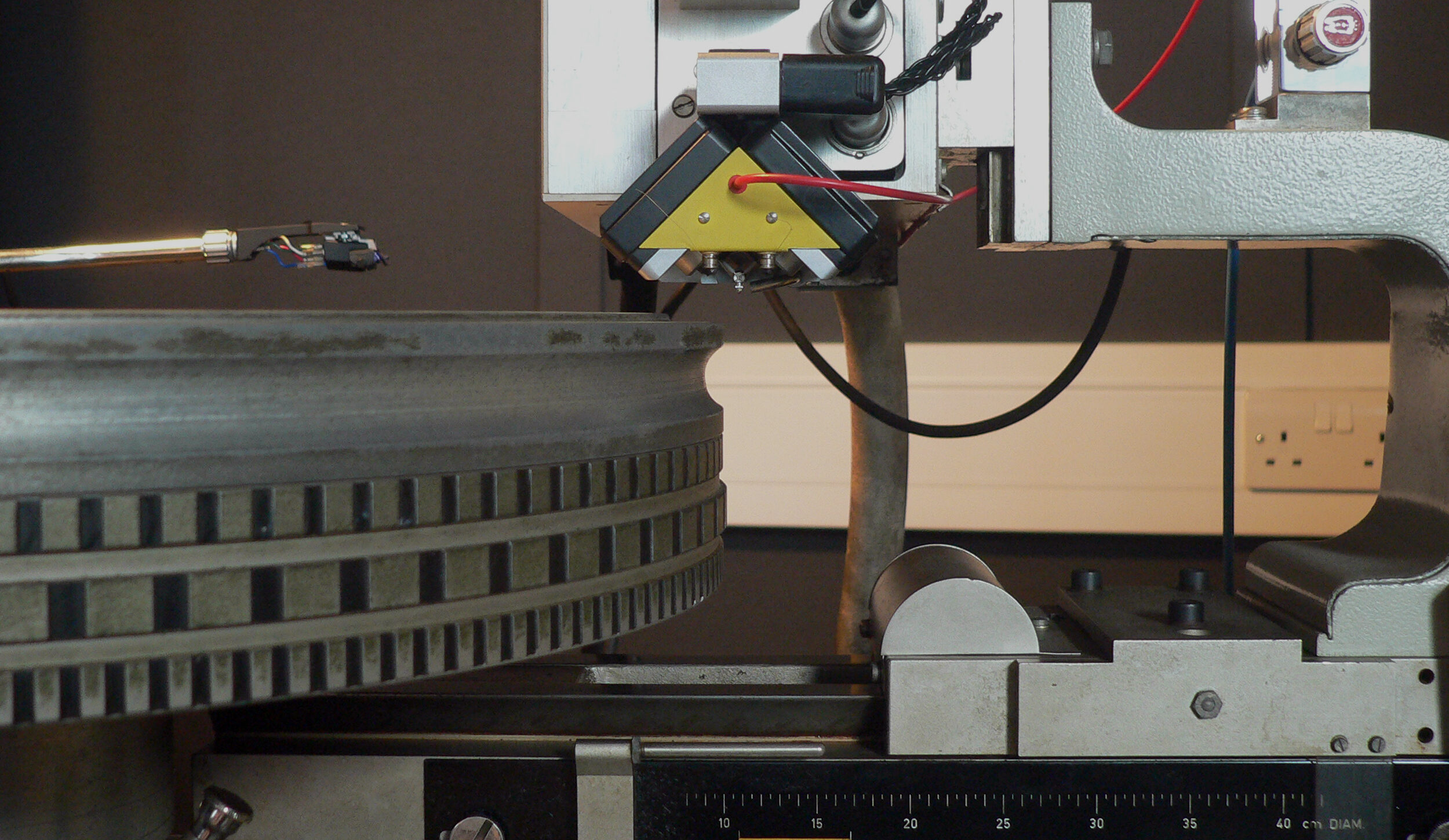
Mastering is also an art form.
And what do all artists usually crave?
That’s right, a room to be themselves and do what they want to do on their own terms.
Lacquer mastering offers that room. A room with more space for experimentation. This is a very much appealing offer to engineers who seek to create their original and specific sonic signature.
Here’s a summary for you
| LACQUER | DMM | |
| Low frequency response | Better | Weaker |
| Sound | Warm and Analogue | Thinner, Bright, and Edgy |
| Layers | Fuller | Yes |
| Sound levels | Loud | Quieter |
| Versatility | Wider range | Lesser range |
| Original dynamic range | Preserved | Shifted upward |
| Stereo separation | Wide | At minimum of 300 hz |
| Durability | High | Less |
| Rough handling | Less susceptible | Highly Susceptible |
| Flexible mastering | Very flexible | Less flexible |
Now, there are some things you need to take note of:
- It is more expensive due to having more steps in the process.
- More steps means longer turnaround time.
- Its process may result in noise and lesser fidelity.
- Loud sounds may cause distortion or skipping on turntables.
- Loud sounds and lower frequencies take up space on the disc.
- Taking up space means shorter playback time.
Adieu
Even to this day, lacquer cut and DMM are still being argued over which is a better method. It’s a musical tug-of-war between fidelity and nostalgia, with each camp advocating for their preferred sonic experience.
Ultimately, the enduring legacy of lacquer cutting in the realm of vinyl mastering cannot be given up to be just a mere coincidence.Through its rich history and unparalleled advantages, lacquer cutting has solidified its place as a preferred method for vinyl enthusiasts and audiophiles alike.
From its ability to faithfully preserve dynamic range and stereo separation to its capacity for producing louder playback levels, lacquer cutting continues to demonstrate its superiority over Direct Metal Mastering (DMM).
So, whether you’re seeking a warmer sound, greater versatility, or simply a more immersive listening experience, look no further than lacquer cutting—the time-tested champion of vinyl mastering.
________________________________________________________________________
James Hill is a veteran of the music industry. He first worked at Warner Reprise Records then later joined Interscope/ Geffen Records where he managed producers and songwriters and got his first platinum record for Keyshia Cole’s The Way It Is. He is now helping indie artists with branding and manufacturing through his company Unified Manufacturing, a CD/DVD, custom vinyl records and merch company in LA.

